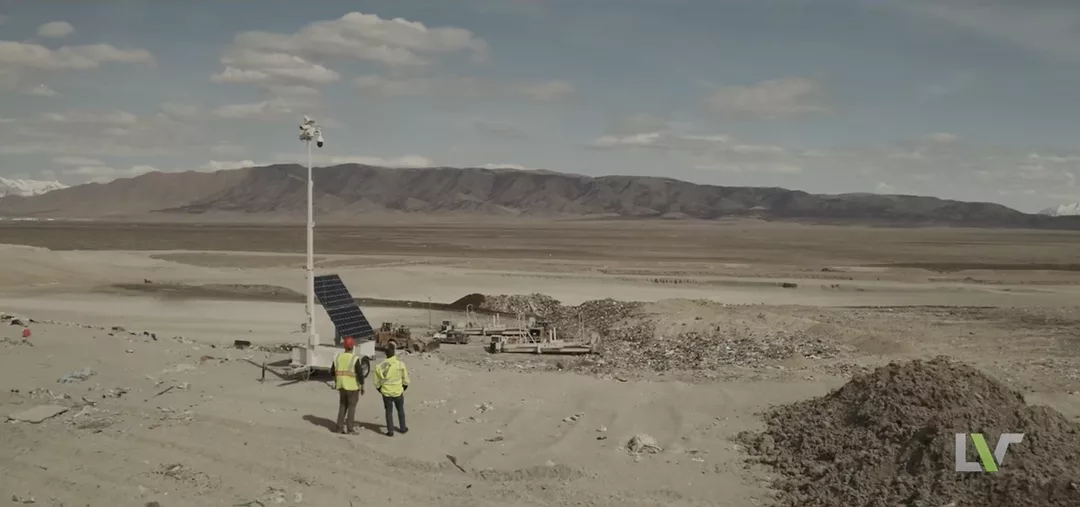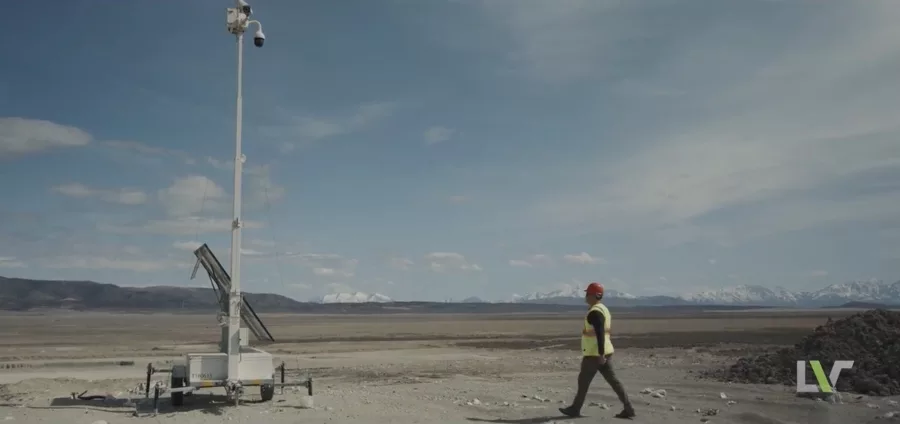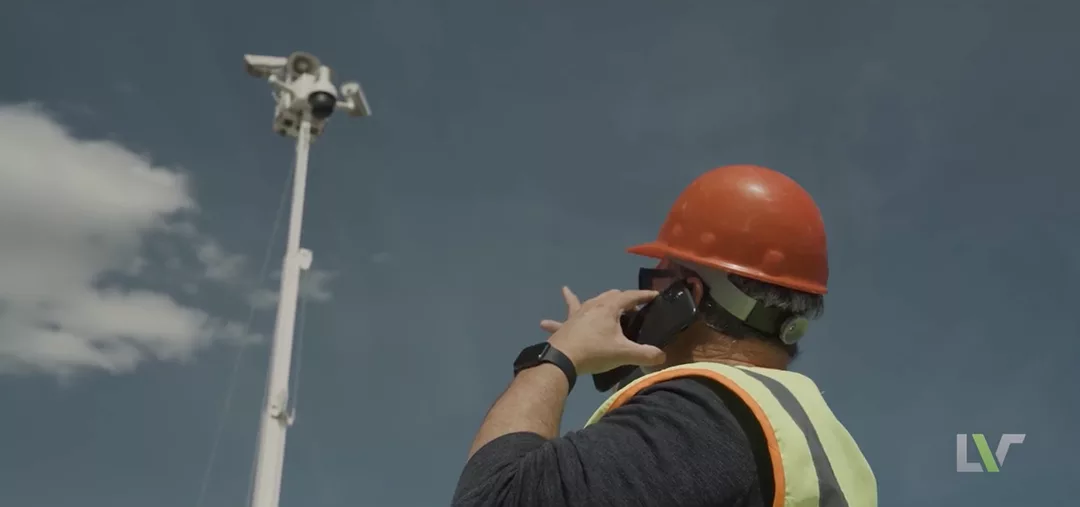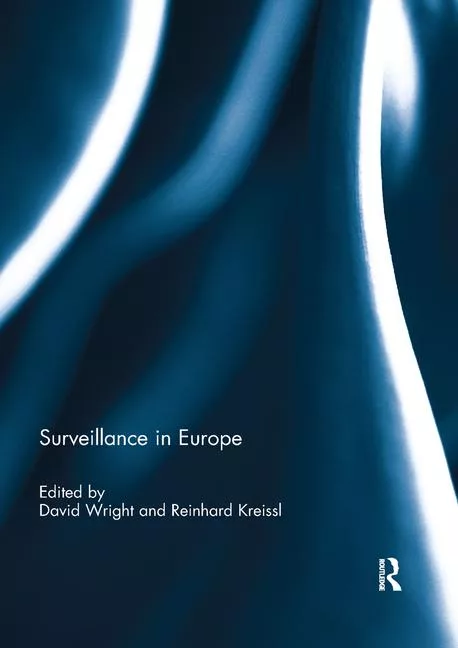Preventing toxic landfill fires with thermal surveillance
Case Study

Image courtesy of LiveView Technologies and the Intermountain Regional Landfill

Image courtesy of LiveView Technologies and the Intermountain Regional Landfill

Image courtesy of LiveView Technologies and the Intermountain Regional Landfill
Getting rid of garbage is a lucrative business. But it can also be dangerous business.
Waste management is a $200 billion industry in North America, underscoring just how valuable garbage disposal is in every community. The logistics of waste management, though, rely on a complex web of commercial dump trucks, transfer stations, and trash compactors — which ultimately leads to the landfills where risks pile up alongside waste.
It’s the job of the landfill to ensure that garbage is dumped safely and securely, which can be a devilish challenge. While thefts and break-ins are top of mind for landfill operators, the greatest fear is the outbreak of a fire. Decomposing waste can generate tremendous heat, and landfills often contain discarded grease, gas, and flammable chemicals from consumer products. All it takes is a single spark to trigger a fire that can last days, if not weeks or months, contaminating the air and soil with whatever burns up.
Luckily, innovations in thermal detection technology make it much easier for waste management companies to prevent these fires before they happen — not only making the job safer but also avoiding environmental pollution and saving precious resources during summer droughts.
The big problem with little batteries
Approximately 1,800 fires occurred at landfills and garbage facilities last year, according to an industry analysis by Waste360, highlighting the severity of the problem. These fires not only threaten the businesses running landfills, but more importantly, they can endanger people who work on-site: At least 23 people were injured by fires in the waste and recycling industry in 2020, according to Waste360’s report.
Many of those landfill fires are caused by lithium-ion batteries — the sort of rechargeable battery found in phones, laptops, and other consumer technology — because they can easily spark when punctured or damaged. A 2020 industry study concluded that the fire risk caused by these batteries is “significantly too high.” They also pose a clear environmental problem: When batteries burn in a landfill fire, they can release harmful toxins that wind up in the nearby air, water, and soil.
Because batteries are often disposed of improperly, and because it’s impossible to find and remove every one of them before they’re dumped in a landfill, it’s all the more critical for waste management companies to identify potential fires before they erupt into full-blown infernos.
The high cost of a landfill fire
Established in 2011, the Intermountain Regional Landfill is a private, locally-owned business that provides waste disposal services to Utah, Davis, and Salt Lake counties. And, until recently, operations manager Brian Alba estimated that lithium-ion batteries caused 90% of IRL’s fires.
The landfill is located in a highly rural area, just west of Eagle Mountain, so when a fire broke out overnight in 2017, it quickly became a severe problem at the tipping face where garbage trucks unload waste.
The fire, which was already out of control by the time Alba arrived on-site, forced the landfill to shut down for four days. For that stretch of time, Alba and the IRL staff had to work in shifts to put out the blaze. (While the local fire department does train landfill workers, the business is responsible for fighting fires on site.) After such a draining experience, it was clear to Alba and general manager Rob Richards that they needed a more proactive and preventative strategy to avoid fires.
Detecting hot spots with thermal cameras
After the fire at IRL, Alba purchased two thermal cameras from LiveView Technologies (LVT) to pair with a 360-degree security camera he uses to monitor the site. If the thermal sensors detect a temperature spike of 251 degrees Fahrenheit or higher, the alert system kicks in. The security camera will automatically spin to the hot spot, record a 10-second video clip, and then send Alba a notification with the footage so he can determine appropriate action.
“Had we had the thermal cameras beforehand, the fire wouldn’t have gotten out of hand,” he says. “Since we installed them, there have not been any fires. We immediately see if something is smoldering, so we can send one of the guys or myself to smother it with dirt and keep watch.”
The benefits of an early warning thermal surveillance system quickly add up. IRL has reduced its fire risk, keeping its site safer and its operating costs down while also preventing environmental pollution and conserving drought-depleted resources in its community. And, for Alba’s part, there’s also the peace of mind that the site is secure.
“Not having to wonder if you’ll get a phone call in the middle of the night from the fire department saying your landfill is on fire, for us, that’s priceless,” he says. “I sleep better at night for sure.”
Looking for a reprint of this article?
From high-res PDFs to custom plaques, order your copy today!








